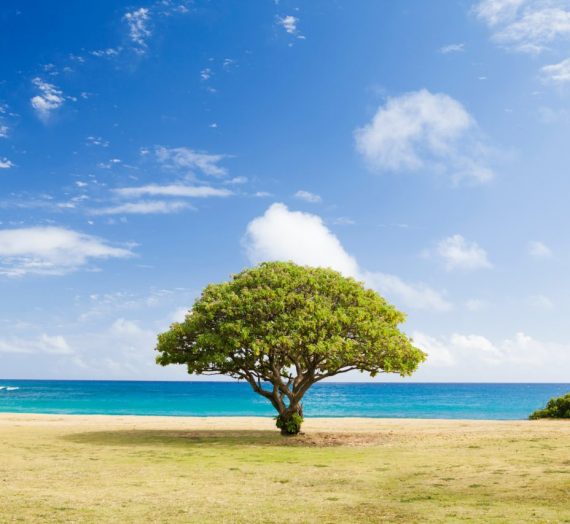Of course “The Church” is actually people – not buildings! But we often get asked about the beautiful building in which our Church meets – Immanuel Worship Centre. Our building is full of stunning and carefully designed symbolism…
The worship centre is built on the hill between Immanuel Lutheran College and Immanuel Gardens Retirement Village – it is the focal point of our community. The building is semi-circular but not a complete circle. This symbolises that while we live in this world God’s plan still remains incomplete. We look forward to the ultimate experience of God’s perfect work in heaven. The building rests on three pillars which symbolise Father, Son and Holy Spirit. These pillars have the shape of the sails of an ancient ship – reminding us that the good news of God’s love must be taken to all the world. The Trinity pillars once stood in the pool and water cascade. The water was to remind us of baptism. This pool has since been filled with a garden. There are twelve supporting pillars surrounding the church. These represent the twelve Apostles whose faith we celebrate in this building. The ceiling was originally shaded from dark to light as it gradually approaches the centre of the church to symbolise the transformation of our lives as we come closer to God. The blue colours connect with the sea and sky visible behind the altar.
Under the worship centre is a large activity room (often called The Kave) and a streaming room. In the streaming room is a beautiful old stained glass window which was originally in the Yamsion Lutheran Church at the foot of the Bunya Mountains on the Dalby side. The worship centre seats 570 people when every extra seat is placed. From the air you can see that the building is shaped like a dove in flight.
The sanctuary has furnishings made from Victorian Ash. The cross is made from Red Cedar from the Bunya Mountains. The large cross is by Maleny artist Jim Svensson and is on loan display to Immanuel Church. It is made from Beech and Quondong and took over two years to complete. can be turned around – one way it symbolises Christ’s suffering and love as he reaches down to us – the other way it symbolises Christ’s resurrection and joy.



